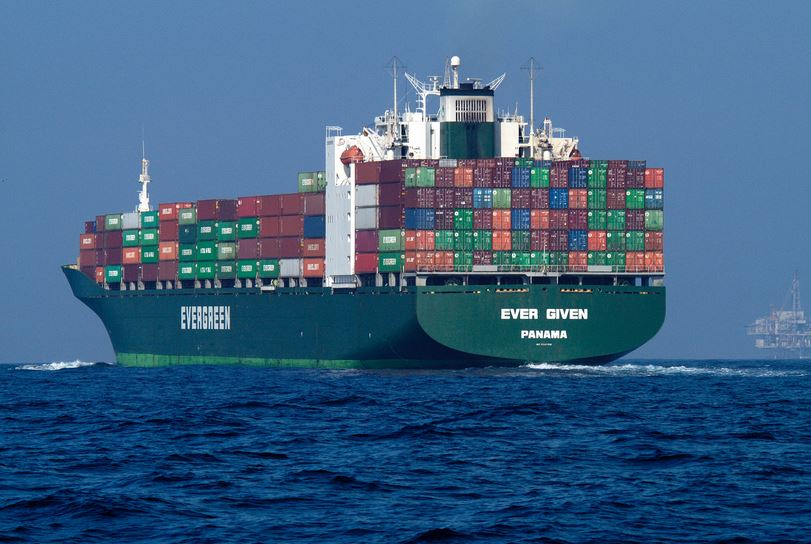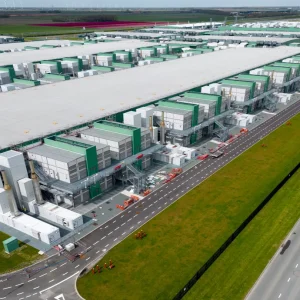
CoreOS has brought its Tectonic enterprise Kubernetes solution to Microsoft Azure and OpenStack to expand cloud native container adoption by more companies.
With the preview availability of CoreOS Tectonic Installer, it will be easier for companies to install enterprise Kubernetes on Microsoft Azure and OpenStack.
Tectonic is said to have expand the options available for installing and managing Kubernetes from bare-metal and AWS to more environments.
The move comes as CoreOS is seeing an increased demand for cloud native containerised infrastructure from businesses like BMW, CDK Global, and Ticketmaster which currently use Tectonic for Kubernetes.
The company intends to release its Tectonic Installer as open source, allowing the Kubernetes community to further streamline and automate operations.
The extended Installer supports increased customisation of networking and VPC options, along with custom tagging for AWS resources.
It includes high-availability options, such as the ability to deploy multi-worker, multi-controller, and multi-node etcd on AWS and bare metal.
CoreOS has also expanded its Quay container image registry in order to manage and store complete Kubernetes applications, which include images and configuration files.
Read More: Containers debunked: DevOps, security and why containers will not replace virtual machines
Quay now offers a Kubernetes Application Registry and it is also integrated with Kubernetes Helm, allowing businesses to automate the deployment of an application.
CoreOS CTO Brandon Philips said: “We want everyone to be successful with cloud native technologies. To do this we continue to lead new developments in upstream open source communities and help create shared community specifications.
“And the Quay App Registry is an example of new innovations coming from our continued focus on the Kubernetes community. For customers seeking an enterprise solution we are also bringing Kubernetes to more companies across more environments with CoreOS Tectonic and Quay Enterprise.”
Tectonic and the new installation experience is available for free for deployments on up to 10 nodes.
To help new users get started with this technology, the company also released some hands-on tutorials that provide step-by-step instructions for establishing a Kubernetes cluster with the help of its service.






